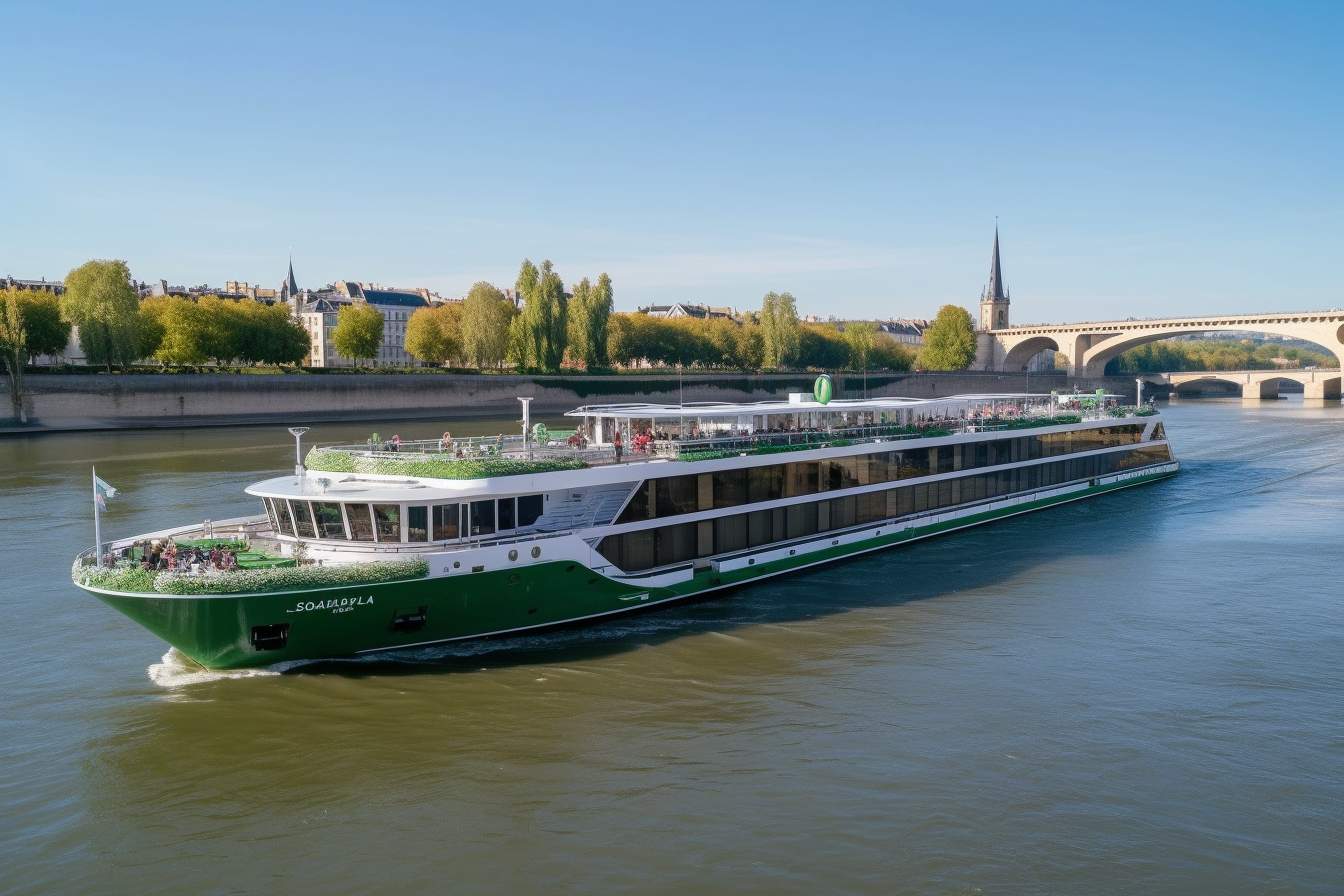Kayaking Through Urban Waterways: Rediscovering Cities from a New Perspective
Gliding silently through the heart of bustling metropolises, urban kayaking offers a unique blend of adventure and urban exploration. This emerging travel trend allows city visitors to experience familiar landscapes from an entirely new vantage point, paddling through historic canals, revitalized riverfronts, and hidden waterways. As cities worldwide embrace their aquatic assets, urban kayaking is transforming how travelers interact with urban environments, offering a fresh way to discover the soul of a city.

Cities like Amsterdam, Venice, and Bangkok have long been synonymous with water-based urban experiences. Now, unexpected destinations are joining the ranks of paddler-friendly metropolises. From the concrete jungle of Los Angeles to the historic canals of Birmingham, England, urban planners and environmentalists are working together to clean up waterways, create access points, and promote water-based activities.
The Appeal of Urban Kayaking
Urban kayaking offers a unique combination of physical activity, sightseeing, and cultural immersion. Paddlers can explore cities from a perspective that’s often overlooked, accessing areas that might be difficult to reach on foot or by traditional transportation methods. The slow pace of kayaking allows for a more intimate experience with the urban environment, providing opportunities to observe wildlife, architecture, and city life in a new light.
For many travelers, urban kayaking represents a chance to escape the crowds and noise of city streets while remaining in the heart of the action. It’s an activity that appeals to a wide range of travelers, from adventure seekers to those looking for a more relaxed way to explore a new destination.
Destinations Embracing the Trend
Cities around the world are recognizing the potential of urban kayaking to attract visitors and enhance the local quality of life. Chicago’s Riverwalk transformation has turned the once-industrial Chicago River into a vibrant recreational area, with kayak rentals and guided tours offering unique views of the city’s iconic architecture.
In Europe, Hamburg’s HafenCity district has incorporated kayaking into its urban redevelopment, with a network of canals and basins that allow paddlers to explore one of the largest urban regeneration projects in Europe. Meanwhile, Ljubljana, Slovenia, has leveraged its picturesque Ljubljanica River to offer kayaking tours that combine history, architecture, and nature in the heart of the city.
Asian cities are also getting in on the action. Singapore’s Marina Bay offers kayakers the chance to paddle against a backdrop of futuristic skyscrapers, while Tokyo’s Odaiba area provides surprising opportunities for urban kayaking with views of the Rainbow Bridge and the city skyline.
Challenges and Considerations
While urban kayaking offers exciting opportunities for travelers, it also comes with unique challenges. Water quality remains a concern in many urban areas, although ongoing cleanup efforts are making significant progress. Safety is another key consideration, with many cities implementing regulations to manage boat traffic and ensure paddler safety.
Environmental impact is also a factor, as increased water-based activities can potentially disturb urban ecosystems. Many cities are working to strike a balance between promoting kayaking and protecting local wildlife and habitats.
Accessibility is another hurdle, with some cities still in the process of developing infrastructure to support urban kayaking. This includes creating launch points, establishing rental facilities, and ensuring that waterways are navigable and free from obstacles.
The Future of Urban Kayaking
As cities continue to invest in their waterways and more travelers seek unique urban experiences, urban kayaking is poised for growth. The trend aligns with broader movements towards sustainable tourism and active travel, offering an environmentally friendly way to explore cities.
Technology is also playing a role in the evolution of urban kayaking. Mobile apps are being developed to provide real-time information on water conditions, points of interest, and even guided audio tours for self-guided paddlers.
Looking ahead, we can expect to see more cities incorporating kayaking into their tourism strategies and urban planning. This may include the development of kayak-sharing systems similar to bike-sharing programs, as well as the integration of kayaking with other forms of urban transportation.
Paddle Your Way Through the City
-
Check local regulations and safety guidelines before embarking on an urban kayaking adventure
-
Consider guided tours for first-time urban paddlers to learn about safety protocols and local points of interest
-
Look for cities with dedicated kayaking programs or infrastructure for the best experience
-
Pack waterproof bags for electronics and valuables
-
Be prepared for changing weather conditions and bring appropriate gear
-
Respect wildlife and urban ecosystems by following Leave No Trace principles
-
Research water quality and any advisories before kayaking in urban waterways
Urban kayaking represents a convergence of adventure travel and city exploration, offering a fresh perspective on familiar destinations. As more cities embrace their waterways and develop infrastructure to support paddling, urban kayaking is set to become an increasingly popular way for travelers to experience the world’s great metropolises. Whether gliding past skyscrapers or exploring hidden urban canals, kayaking provides a unique and immersive way to discover the heart of a city.





